Firstly, my new pipe organ frag has these strange white things between the Skeleton, no clue what they could be.
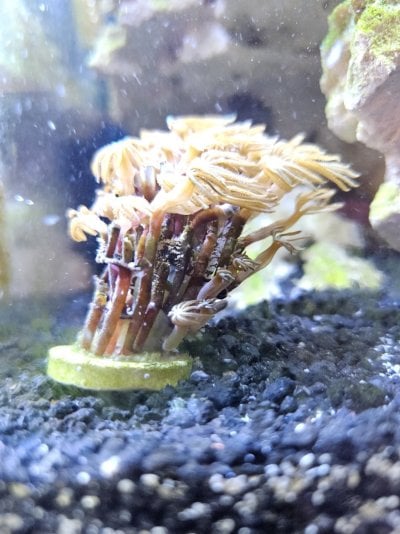
Next is this weird little Grey thing on my new tubastrea

And finally, i got a dendronepthya from my lfs's display sump, (he was just gonna toss it), so he gave it to me,
It came with a single clove polyp that didn't last more than a week, but also came with 2 of these


Here it is under blues and under whites without its feeders out, it's definitely a stony coral about 1cm in height, and the feeders are always out. I had to poke it with a rod to get the skeleton only picture. I've yet to see propagation in the month I've had it.
My best guess it northern star polyp but that's a shot in the dark at best.
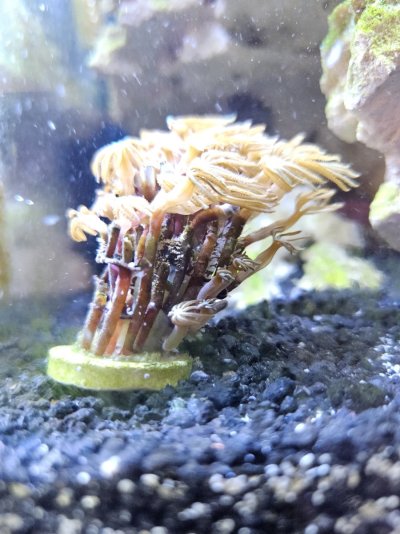
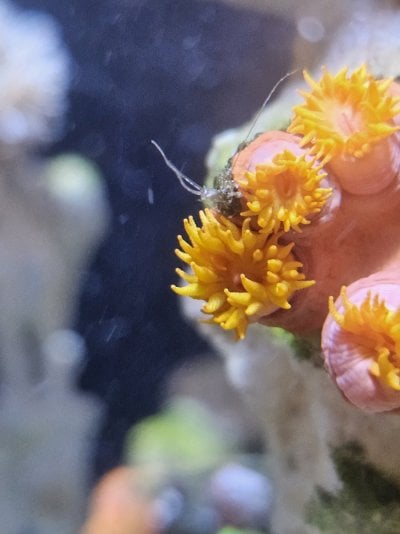
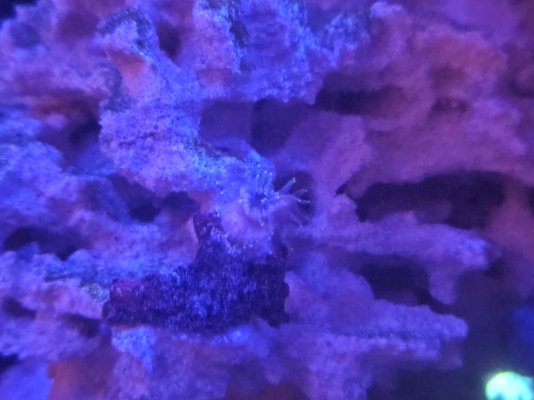
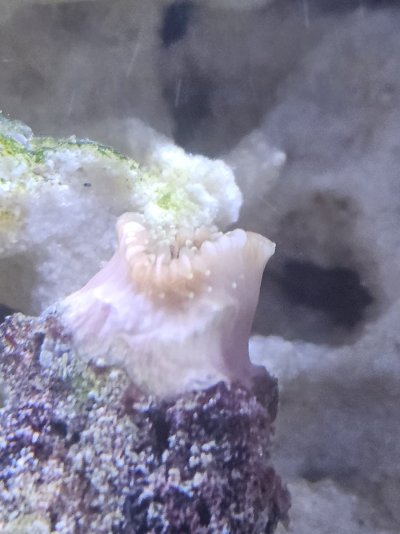

Next is this weird little Grey thing on my new tubastrea
And finally, i got a dendronepthya from my lfs's display sump, (he was just gonna toss it), so he gave it to me,
It came with a single clove polyp that didn't last more than a week, but also came with 2 of these
Here it is under blues and under whites without its feeders out, it's definitely a stony coral about 1cm in height, and the feeders are always out. I had to poke it with a rod to get the skeleton only picture. I've yet to see propagation in the month I've had it.
My best guess it northern star polyp but that's a shot in the dark at best.





















